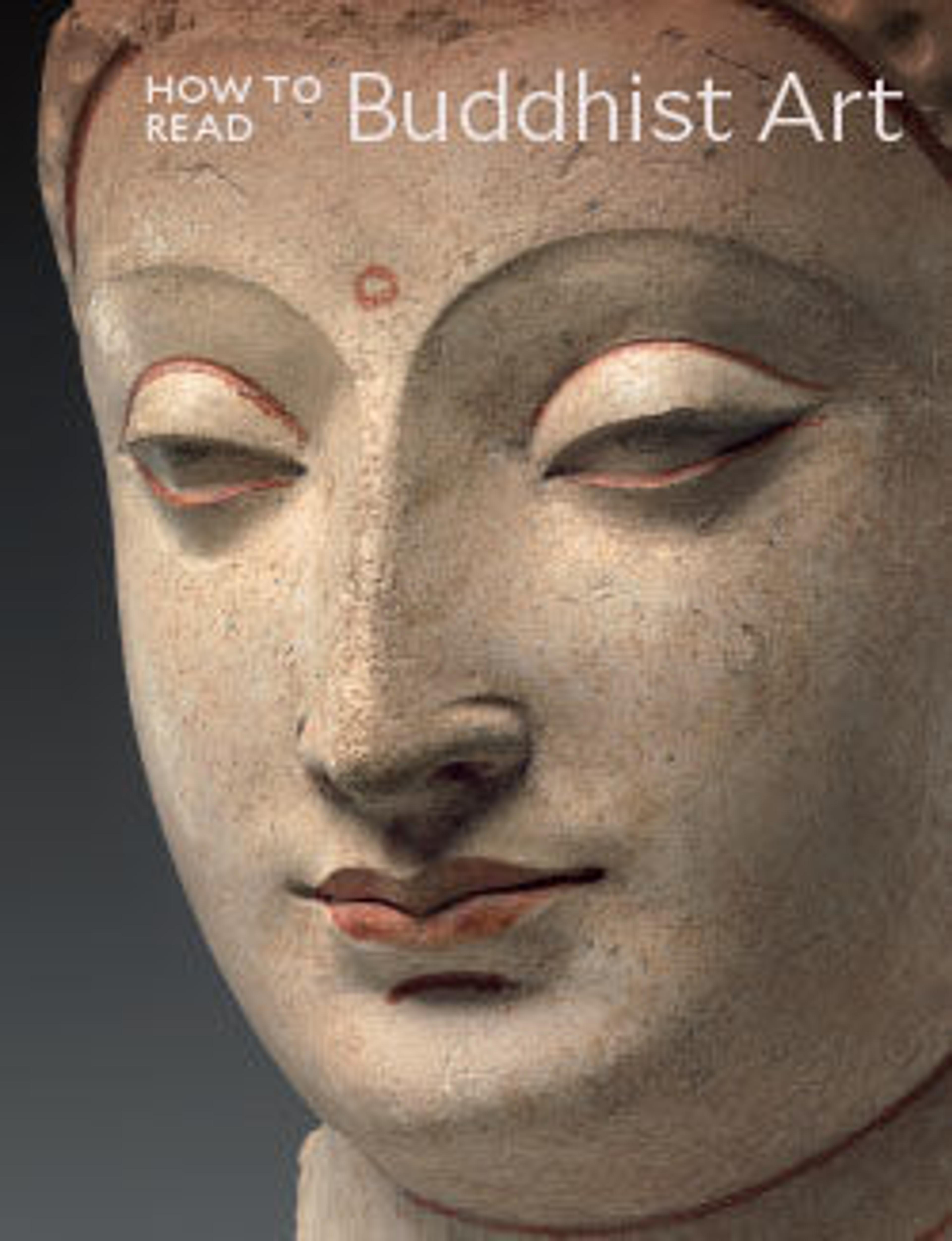Fenggan, Hanshan, and Shide
From their perch on a rocky precipice, three figures look out over clouds rising from a valley below. At left are Hanshan and Shide (Japanese: Kanzan and Jittoku), Chan (Japanese: Zen) monks who held low-level positions at Guoqingsi, a temple on China’s Mount Tiantai. The reclusive monk-poet Hanshan, shown carrying a bucket, was said to have gathered leftover food from the temple kitchen, where he worked. Shide holds a broom indicating his role as the temple janitor. The older, contemplative figure at right is their teacher Fenggan (Japanese: Bukan) who lived, according to legend, with a pet tiger, easily overlooked as he naps by a rock. Although these paintings—once the flanking scrolls of an iconic triptych—bear no seals or signatures, they have long been attributed to Reisai based on style. Reisai was a follower of Kichizan Minchō (1352–1431), an artist active in the painting atelier of the Zen monastery Tōfukuji in Kyoto.
Artwork Details
- 霊彩筆 豊干寒山拾得図
- Title:Fenggan, Hanshan, and Shide
- Artist:Reisai (Japanese, active ca. 1430–50)
- Period:Muromachi period (1392–1573)
- Date:first half of the 15th century
- Culture:Japan
- Medium:Pair of hanging scrolls; ink and color on paper
- Dimensions:Image (a): 37 7/8 × 13 5/8 in. (96.2 × 34.6 cm)
Overall with mounting (a): 72 15/16 × 18 11/16 in. (185.3 × 47.5 cm)
Overall with knobs (a): 72 15/16 × 20 5/16 in. (185.3 × 51.6 cm)
Image (b): 37 15/16 × 13 9/16 in. (96.3 × 34.5 cm)
Overall with mounting (b): 72 5/8 × 18 11/16 in. (184.5 × 47.4 cm)
Overall with knobs (b): 72 5/8 × 20 1/4 in. (184.5 × 51.5 cm) - Classification:Paintings
- Credit Line:Mary Griggs Burke Collection, Gift of the Mary and Jackson Burke Foundation, 2015
- Object Number:2015.300.46a, b
- Curatorial Department: Asian Art
More Artwork
Research Resources
The Met provides unparalleled resources for research and welcomes an international community of students and scholars. The Met's Open Access API is where creators and researchers can connect to the The Met collection. Open Access data and public domain images are available for unrestricted commercial and noncommercial use without permission or fee.
To request images under copyright and other restrictions, please use this Image Request form.
Feedback
We continue to research and examine historical and cultural context for objects in The Met collection. If you have comments or questions about this object record, please contact us using the form below. The Museum looks forward to receiving your comments.
